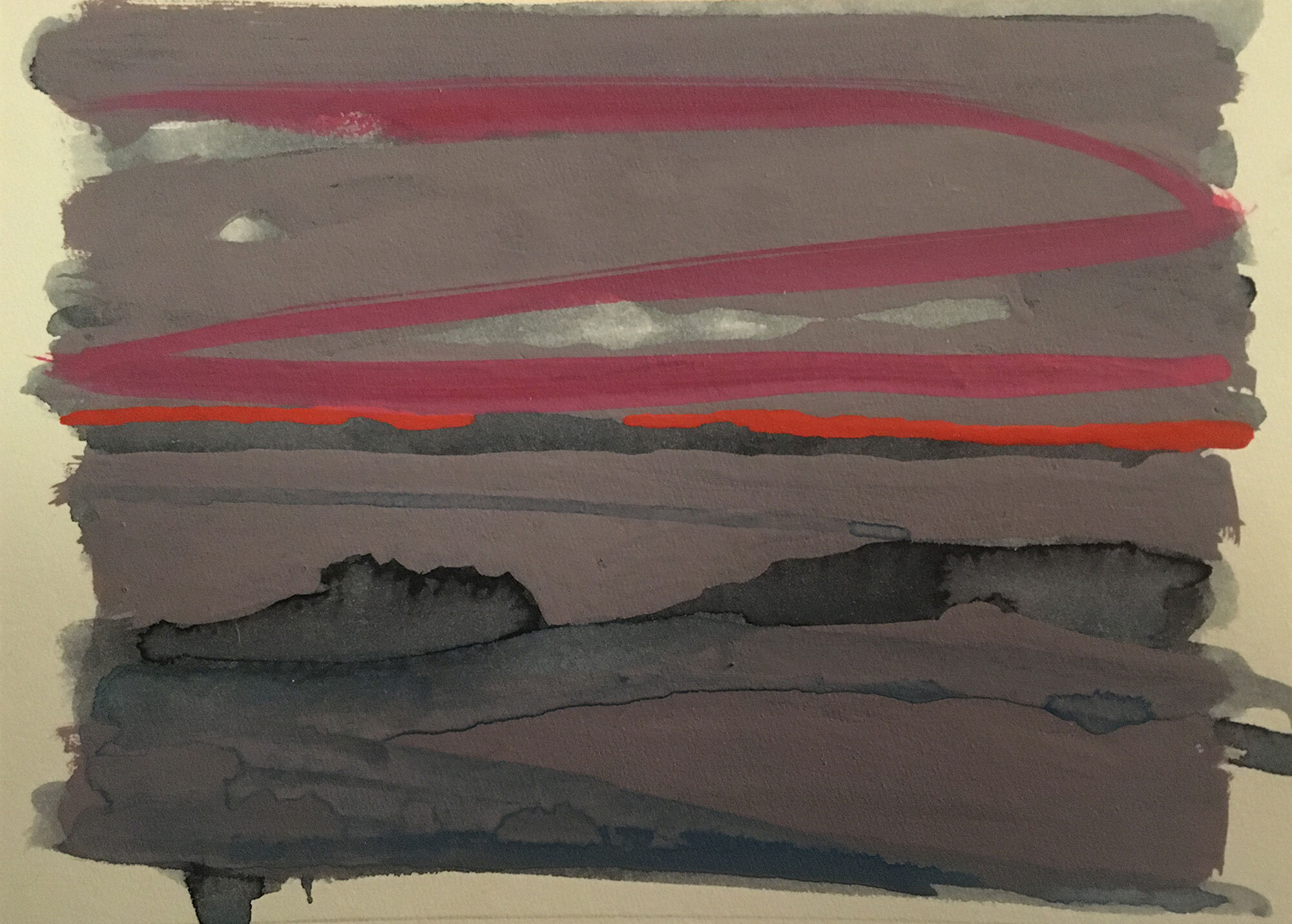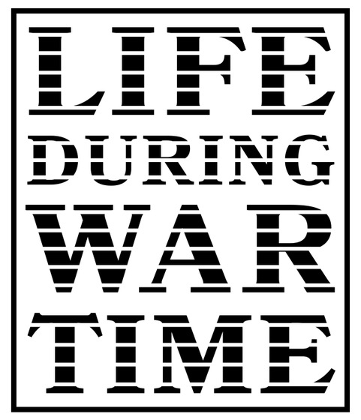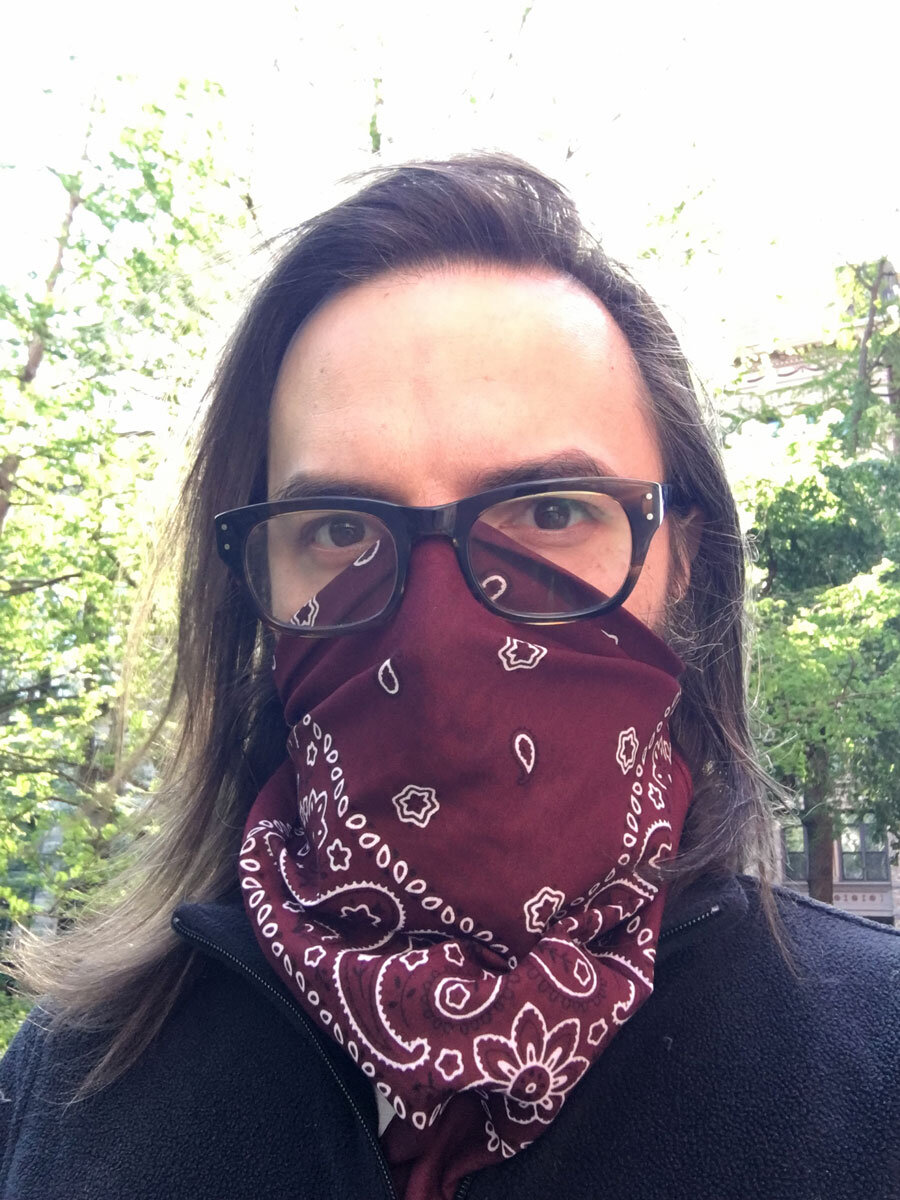
Seth Cameron
Of all the artists in the world who wear multiple hats, Seth Cameron is clearly among the most innovative and thoughtful. After co-founding the celebrated artist collective The Bruce High Quality Foundation, he served as President of its tuition-free experimental art school, BHQFU, from 2009 to 2017. There he naturally combined a challenging set of skills: teacher, administrator, fund-raiser, artistic goad and all-around Mister Fixit. During and since, Cameron has taught sculpture, drawing, and interdisciplinary studies at Cooper Union and lectured across the country, all the while writing and exhibiting his own mostly abstract paintings under his own name.
It was not, therefore, altogether surprising when Cameron was named Executive Director of New York’s Children’s Museum of the Arts in January of 2020. Just two months after assuming the helm of the beloved museum, the pandemic hit NYC with the force of a category five hurricane. Quarantined, living away from his wife and kids, and charged with keeping afloat a small but highly respected institution, he worked the phone and email tirelessly, while painting a suite of Turneresque landscapes that serve as both thank you gifts to institutional donors and reflections of the artist’s state of mind during the pandemic.
I leave it to Cameron to explain further:
“This group of small gouache landscapes was made indoors, without reference to a particular setting of the sun. This much is typical of how I work. What isn't typical for me is that these paintings are postcards, the verso of each having a note of thanks to someone who made a much needed gift to Children's Museum of the Arts in the month immediately following the mandated closure, when the museum was truly on the brink. For me painting is generally a solitary experience connected to an abstract, rather than a particular sense of humanity. And I think philanthropy often feels that way too. But it felt important to honor this moment of ‘social distancing’ with intimacy and with the fragility of representation.”
— CVF, USFCAM
“Last summer I went on an artist residency for a month on the west coast of Ireland. No wife. No kids. No internet connection. No phone. Just me and my watercolors and a stack of Phillip Roth novels in a little stone house looking out to the other edge of the Atlantic. Some mornings, if the weather allowed, I’d walk down the dirt road to the home of a writer named Nick, a grandfather to a boy the same age as my younger son. We’d play a match of tennis on his court and talk about writers we both loved and painters we both hated.
“There was a weekly car trip into town for groceries with Danjoe, the property’s properly curmudgeonly caretaker. There was a staid sunset cocktail with my neighbors, semi-retired lawyers from Dublin. But most of the time I was alone with the hills and the horizon and my writing, with Roth himself alone in his writing cabin, and it suited me just fine. Eight hours a day, I wrote. And when I wasn’t sure what to write, I read. And going nowhere, seeing nothing, the whole wide world seemed available for the parsing. Of course I missed my family. But it was a luxurious sort of missing—knowing they were safe and healthy and happy, and I’d see them again soon enough, newly practiced for the work of providing them patient attention by this space I’d allotted myself.
“The lockdown of the past few months bears little resemblance to that idyllic quarantine.
“Since mid-March I’ve been alone in my apartment. I’ve been outside maybe three or four times. My wife and kids flew to Florida just before schools closed to ride out the uncertainty with her parents. I stayed behind in Manhattan to keep the cats fed, the plants watered, and the children’s museum I run from going bankrupt.
“I started the job in February. Six weeks later, I shut the doors due to the pandemic. With no endowment to lean on, no general admission, no after school classes, no spring fundraiser—we were going to be bankrupt in a month. Within two weeks of shuttering, I had to lay off most of the staff, most of whom I’d never met. And since then the trouble has grown worse. The small team we still have has been on overdrive, pulling in money from stimulus programs, emergency grants and loans, online auctions, and every dime our Board of Directors could come up with. I’ve cut every program that isn’t fully grant funded. But it’s not nearly enough.
“Early into the quarantine, Nick and I started writing to each other, him sending me notes on the fog in Glandore, updates on the nonprofit work he does in Senegal, stories of his grandson’s adventures, and I’d tell him about the crises in New York, the frustration I felt having to let staff go during such uncertain times, and how being away from my family means something different, something threatening, this time.
“It's hardest when my wife sends pictures.
“Some nights—back when things were normal—when we’d been having normal fights about normal things, or we were at our normal wit's end from trying to get the boys to sleep at a normal hour, we’d lie in bed and look at baby pictures of them and it was a powerful salve. Just looking at pictures could put back the broken bits from everyday stresses. This gave me the security to know that, even when I’m old and present to the certainty of death and our sons have, with any luck, moved out of the apartment, I’ll be able to handle the pathos of all that. Pictures will do that for me. But right now these pictures she sends me can't attach themselves to a sentimental past or a certain future. They are just the raw and callous present, and there's no beauty in it.
“In my own paintings, generally of landscapes, I think about the conditions of the sublime, how little it takes to create space, and how space can overwhelm us. That’s the power of the sublime—its duplicity—the comfort of being subsumed bound to the terror of the unknown. Why have I tried to paint this experience? To control it, to understand it, to “process it” somehow—simple curiosity always seemed like enough of a reason. But for now at least, I don’t need the landscapes. The sublime is there in the pictures of my kids. The sublime has become the everyday.”
— Seth Cameron
About Seth Cameron
(South Carolina, 1982)
Lives and works in New York City.
Seth Cameron is an artist, educator, and curator. He co-founded the celebrated artist collective The Bruce High Quality Foundation, and served as President of its free alternative art school, BHQFU, from 2009-2017. Cameron has taught drawing, painting, sculpture, creative writing, and interdisciplinary theory at both BHQFU and his alma mater, The Cooper Union for the Advancement of Science & Art, and lectured frequently on issues in arts education across the United States. His writing and interviews with artists have been published in The Paris Review, Flaunt, The Brooklyn Rail, The Miami Rail, and by David Zwirner Books (forthcoming). He is represented by Nathalie Karg Gallery in New York and McClain Gallery in Houston. Of his most recent exhibition, “The Fair Mountain,” at Nina Johnson Gallery in Miami, Ade J. Omotosho wrote the following in ArtForum: "Abstraction is said to preclude narrative. What Cameron achieves is a quiet, compelling marriage of the two.” He is currently the Executive Director of the Children’s Museum of the Arts.
Artist Instagram: @_seth_cameron_
Gallery website: nathaliekarg.com
Gallery website: mcclaingallery.com
Children’s Museum of the Arts: cmany.org

